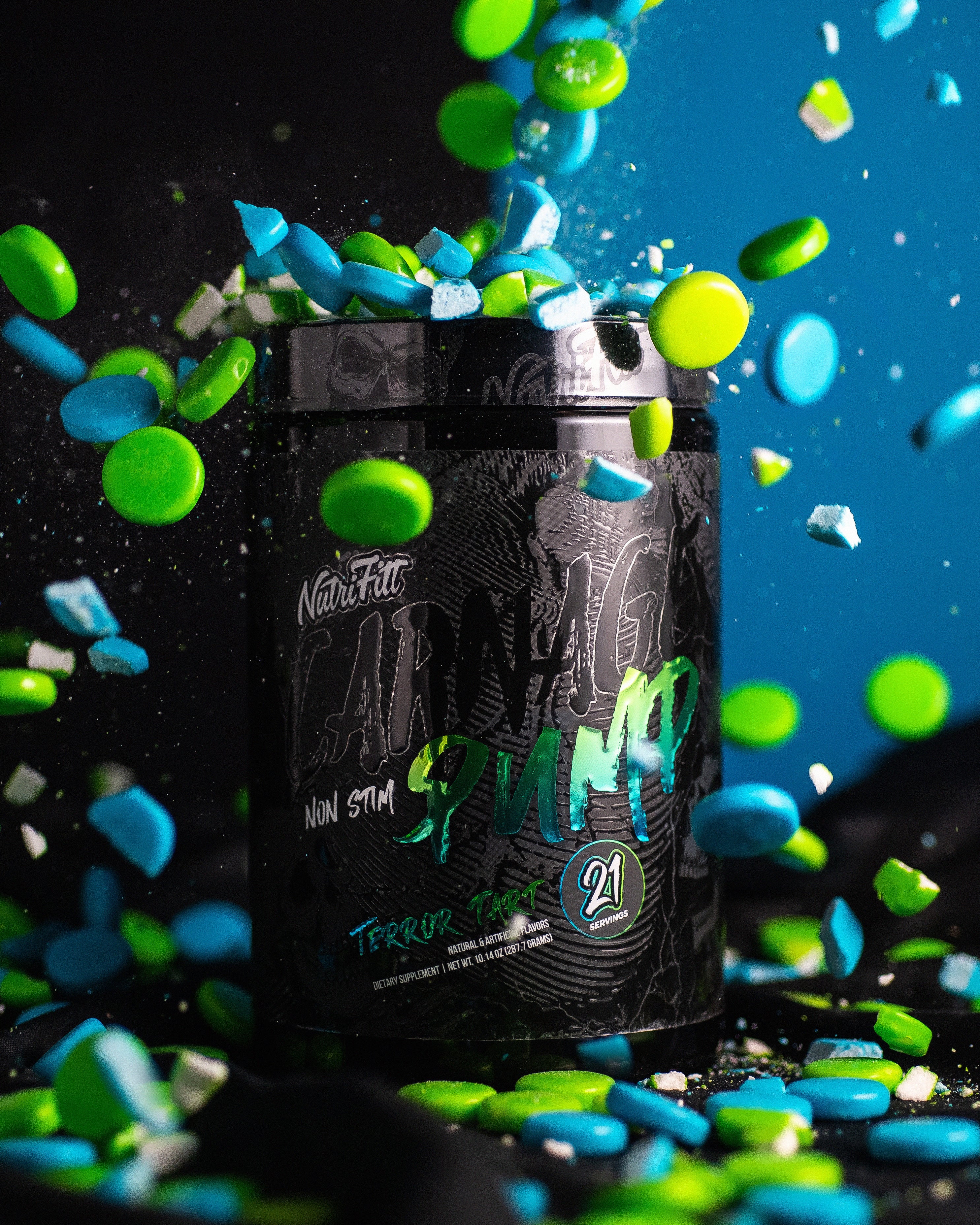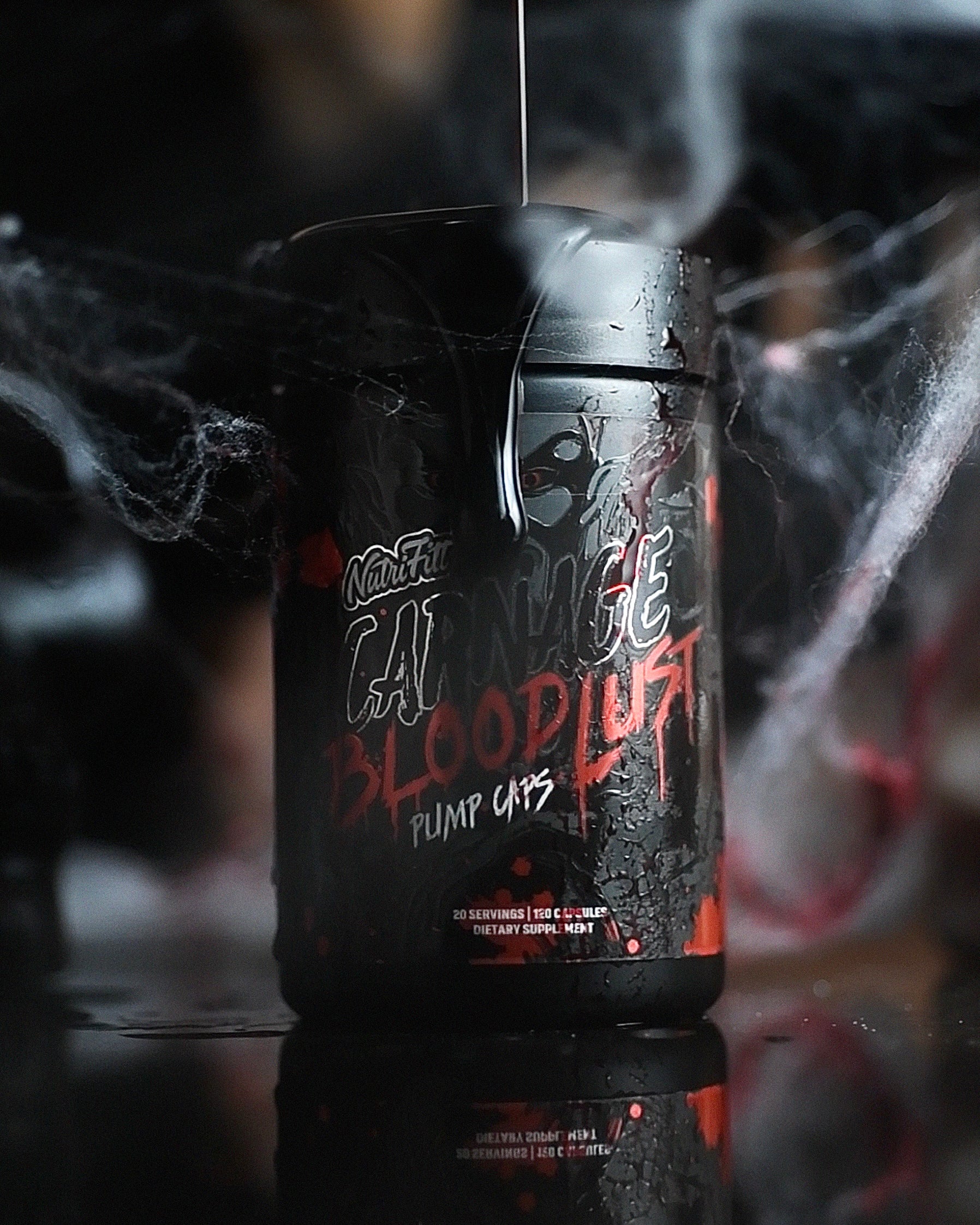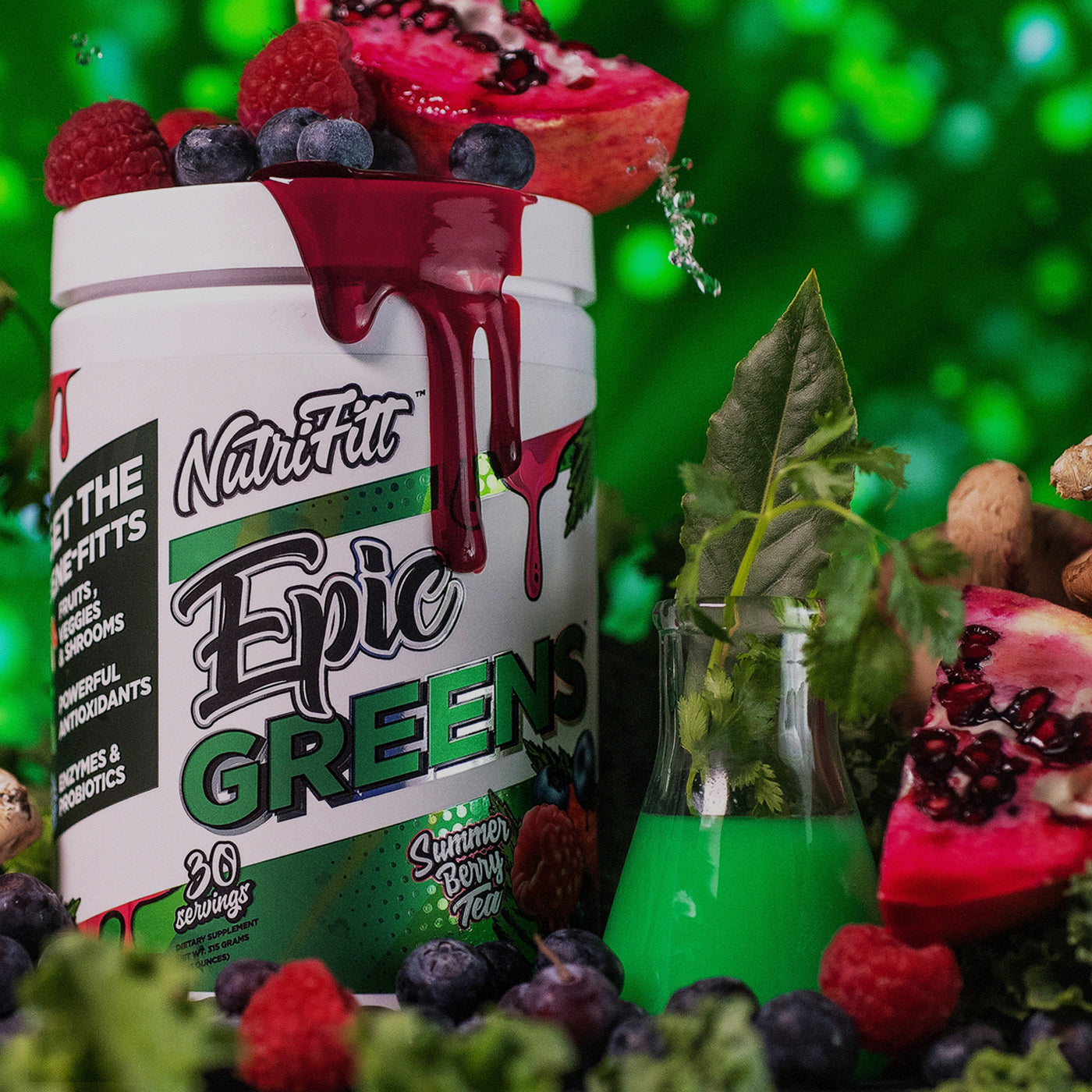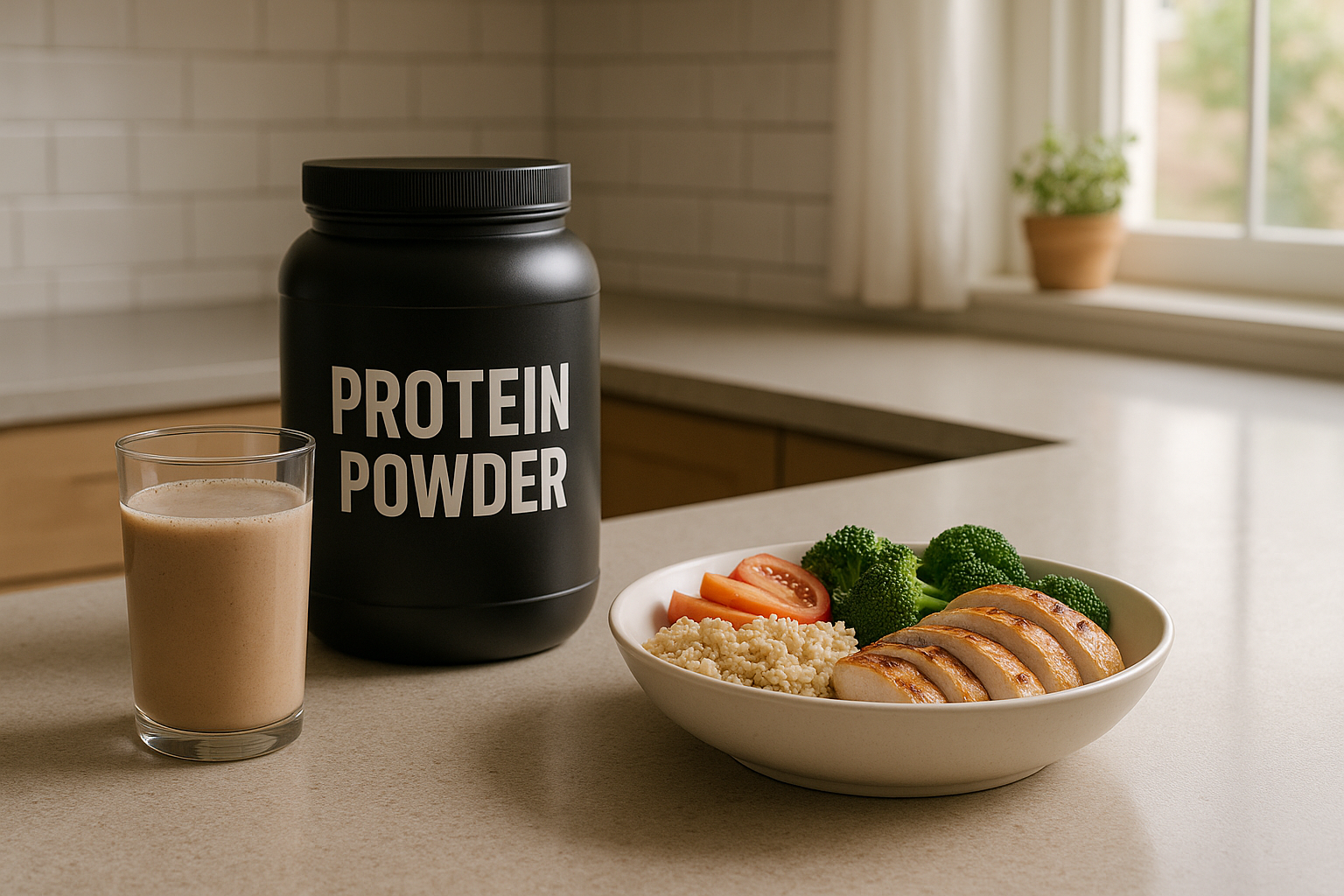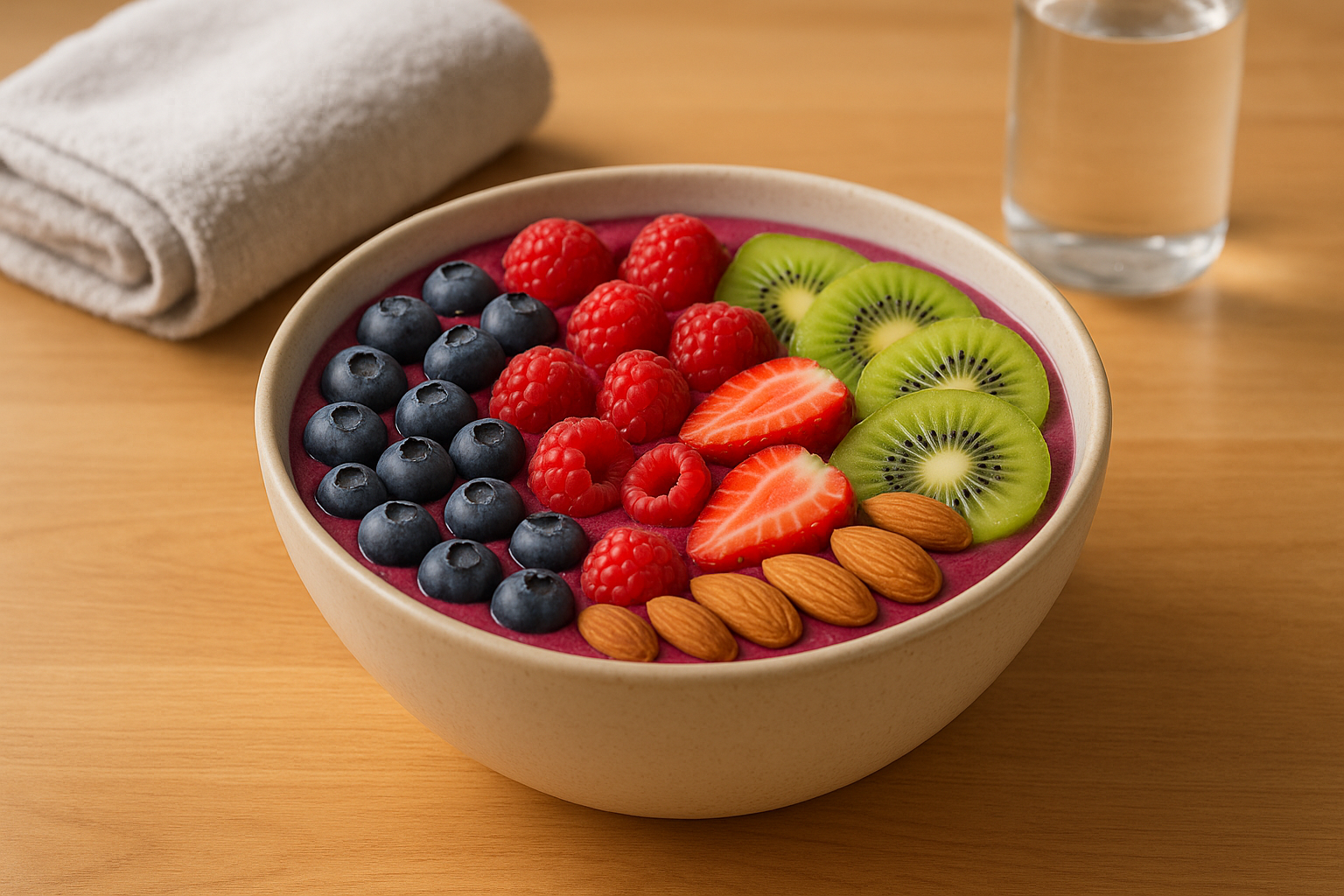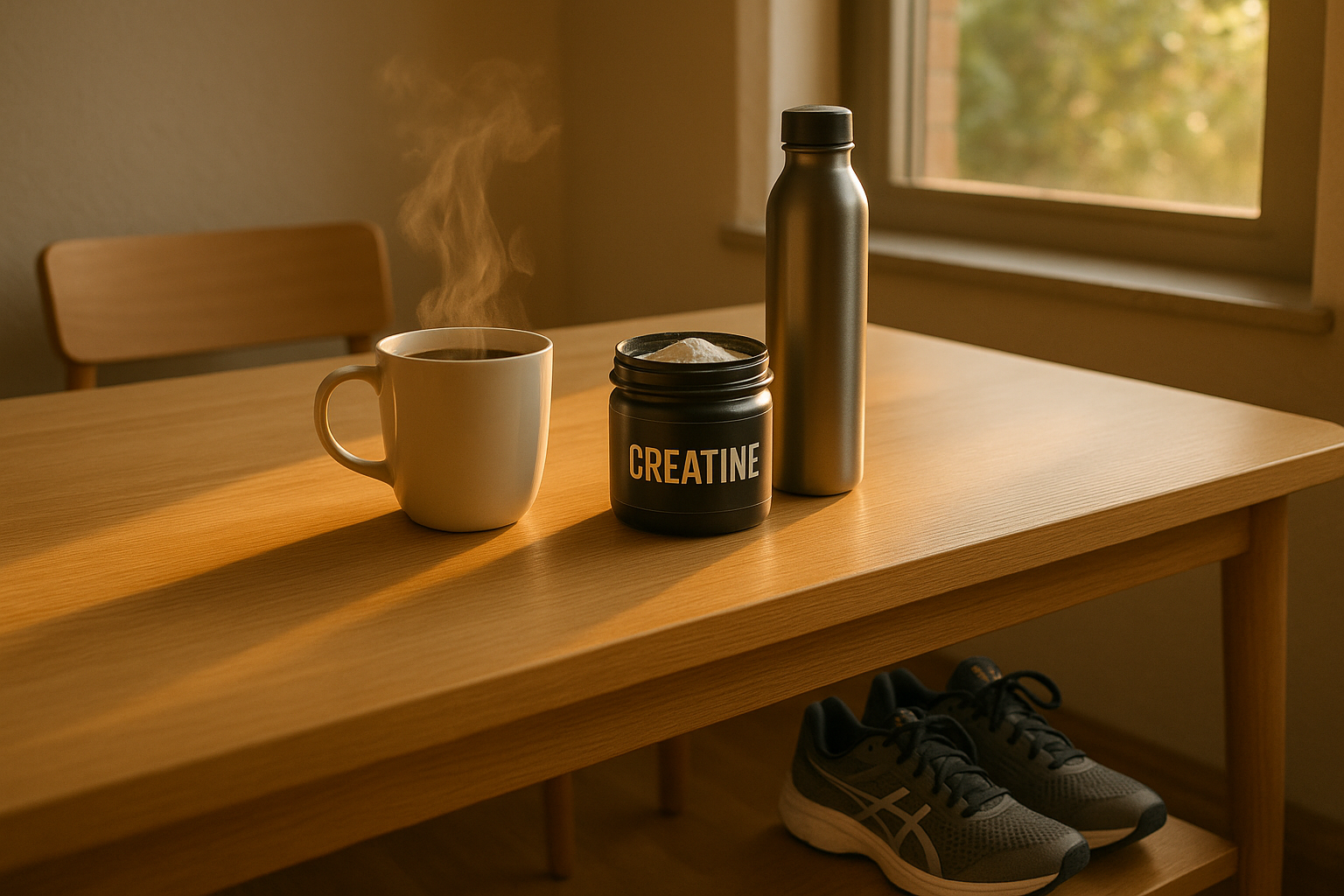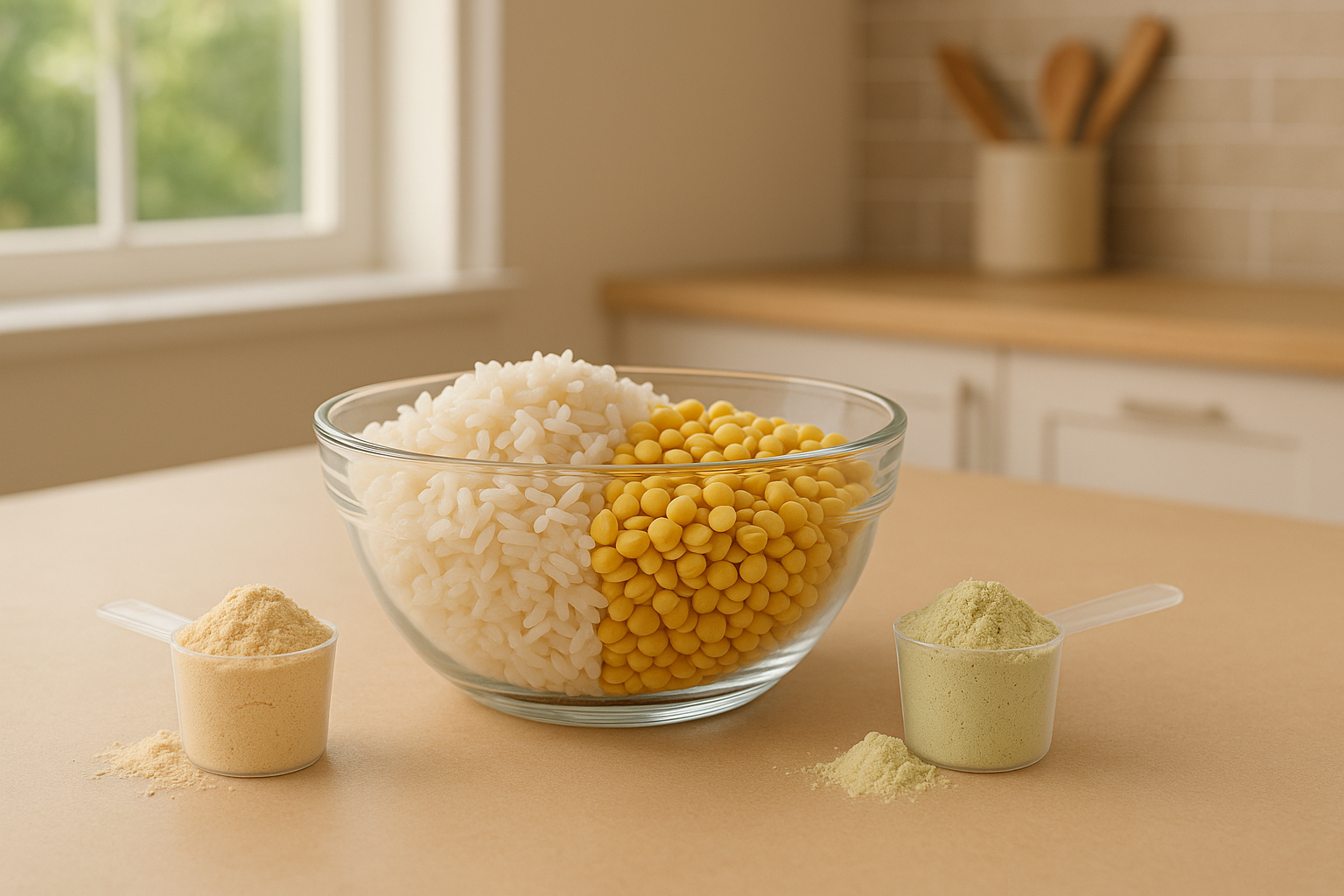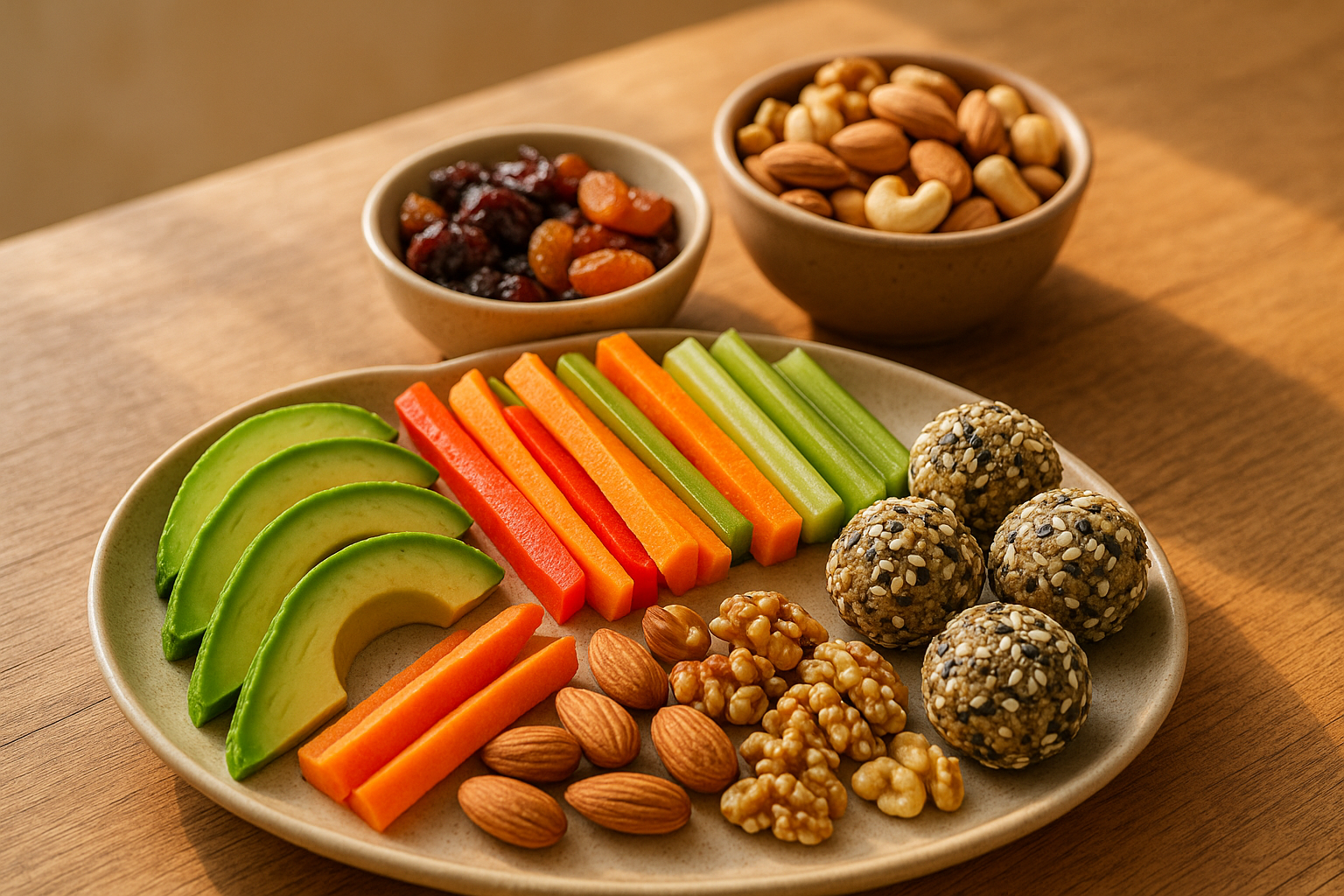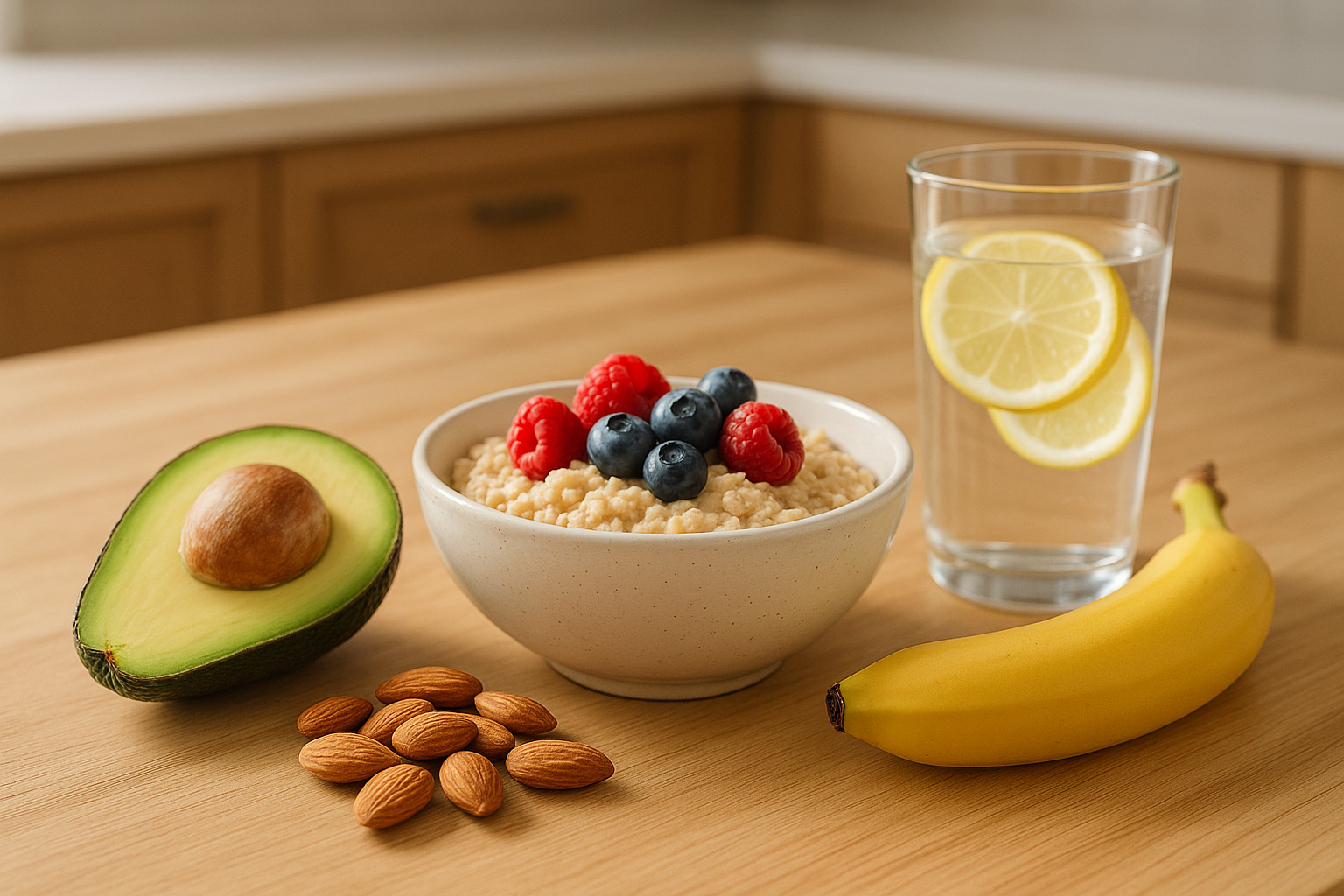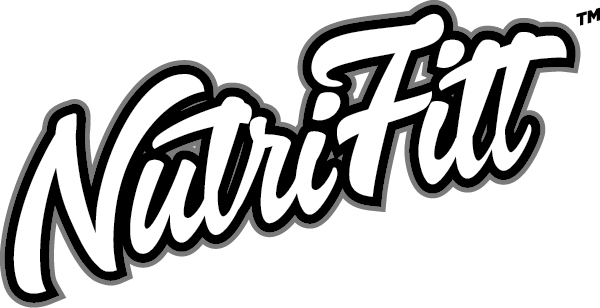
Optimizing Body Composition: Knowing When to Bulk and When to Cut
For fitness aficionados aiming for that sweet spot of muscle and definition, the allure of chiseled abs and powerful biceps is a common goal. It's a journey marked by strategic bulking phases to pack on muscle, followed by cutting phases to strip away fat.
Nailing the timing for switching between these phases is pivotal—it's the key to breaking plateaus and sculpting the physique you're after.
This guide digs into the nitty-gritty of bulking and cutting, equipping you with the insights you need to master your body composition with precision.
The Basics of Bulking and Cutting
Crafting an impressive physique hinges on strategic bulking and cutting cycles. Bulking is all about muscle gains, fueled by a calorie-rich diet and heavy lifting, ensuring your muscles have the energy they need to grow and recover. This phase demands a careful balance of proteins, carbs, and fats to maximize strength and muscle mass.
In contrast, cutting is the art of trimming body fat through a calorie deficit, coaxing your body to tap into fat reserves for energy, all while maintaining muscle mass. Cutting is a delicate dance that combines diet tweaks, cardio, and resistance training to preserve muscle as you lean out.
Choosing the Right Time to Bulk
To optimize your bulking phase, timing is everything. It's vital to align your bulking with a consistently manageable training routine and a diet you can fine-tune. Initiating your bulk at a lower body fat percentage gives you a greater margin for muscle growth before worrying about fat gain.
Also, choosing a timeframe with fewer social distractions will help you stick to your nutritional and training regimen. Essentially, you're scouting for a sweet spot on the calendar where you can double down on your muscle-building mission with the fewest possible distractions.
Clean Bulking for Maximum Muscle Gains
If your goal is to enhance muscle gains while minimizing fat accumulation, it's essential to adopt a clean bulking strategy. This method focuses on a slight calorie increase, leaning heavily on whole, nutritious foods that fuel muscle building.
By incorporating an extra 250-500 calories from clean, unprocessed sources into your daily intake, you can drive significant muscle gains. This approach is all about quality growth, ensuring you add muscle in a healthy, lean manner while keeping body fat in check.
Monitoring Progress and Adjusting Calories
A successful bulk isn't just about eating more—it's about monitoring and adjusting. Keeping an eye on your body weight and composition is crucial as you gradually increase your calorie intake. If you're gaining too much fat, it might be time to dial back the calories.
Conversely, if muscle growth is stagnant, a further increase might be necessary. The key is to find that sweet spot where you're gaining muscle without accumulating too much body fat.
Transitioning from Bulking to Cutting
Shifting from bulking to cutting is a critical phase transition.
Here, the focus shifts from muscle growth to definition, requiring a careful cutback in calories to prevent shocking your body and preserve lean mass. It's also the stage to ramp up cardio slowly, aiding in the calorie deficit needed for fat loss, all while keeping an eye on strength to maintain your hard-earned muscle.
The true skill in this transition is finding the balance—cutting back just enough to shed fat while still fueling your body sufficiently to protect the muscle you've built.
Importance of a Sustainable Diet Plan
The real test of cutting is not just shedding pounds but ensuring they stay off, highlighting the importance of sustainability. The best diet is one that's not only effective but also adherable in the long run, helping you achieve and sustain your health and weight objectives without falling back into past patterns.
Exercise Strategies for Each Phase
To sculpt your physique effectively, it's vital to tailor your exercise regimen to align with your current phase—whether you're adding mass or defining muscles.
Heavy Lifting and Compound Movements for Bulking

When bulking, your workout routine should reflect your goal of muscle gain. This means emphasizing heavy lifting and compound movements that recruit multiple muscle groups.
By focusing on exercises like squats, deadlifts, and bench presses, you can stimulate muscle growth effectively. Remember to train smart to avoid injuries and ensure that you're pushing your limits in a safe and progressive manner.
Cardio and Resistance Training for Cutting

While cutting, the exercise strategy shifts slightly. Resistance training remains crucial to maintain muscle mass, but incorporating cardio becomes just as important to stimulate fat loss.
Balancing these two types of training can help you preserve the muscle you've worked hard to build during the bulk while shedding the excess fat to reveal a leaner version of yourself.
The Role of Supplements in Bulking and Cutting

Supplements can serve as valuable tools in both the bulking and cutting phases. During bulking, protein powders like NutriFitt Epic Whey can help you meet your increased calorie and macronutrient needs. Creativity with protein shakes can also make the process more enjoyable and sustainable.
When cutting, supplements like the SYMBIOTE EXTREME THERMOGENIC can enhance fat loss and support the maintenance of lean body mass, giving you an extra edge in achieving your fitness goals.
Frequently Asked Questions
How long should I bulk before cutting?
The length of your bulking phase will depend on both your goals and your body's response. Typically, a bulking period can last anywhere from a few months to a year. It's essential to monitor your progress and body composition to determine the right time to switch to cutting.
Can I build muscle and lose fat at the same time?
Building muscle while losing fat, a process known as body recomposition, is challenging but possible, especially for beginners or those returning to training after a break. It requires a well-structured training program and a balanced diet that supports muscle growth without a caloric surplus.





